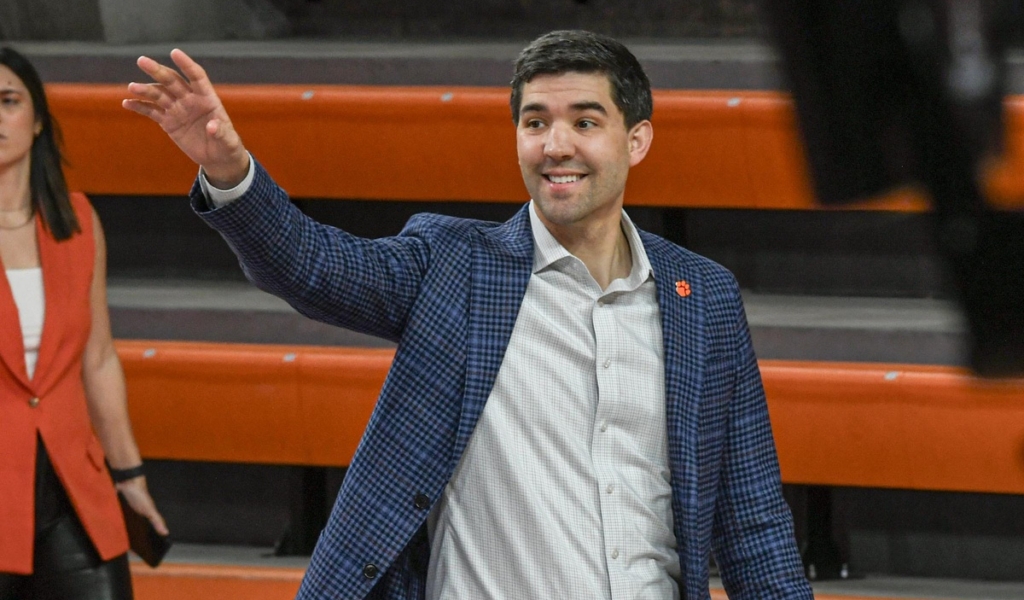With the House Settlement being finalized earlier this year and going into effect on July 1, the need for the ever-important NIL collectives has changed. At least, on paper.
Part of the settlement, which allows schools to share revenue directly with student athletes, features new guidelines surrounding NIL. All third-party NIL deals over $600 are supposed to be submitted to NIL Go, a clearinghouse created by the College Sports Commission. If a deal is determined to be above fair market value, it can be rejected or sent for arbitration.
The new guidelines are a far cry from what we’ve seen across college athletics in recent years. Collectives have been raising money through boosters and paying players that way, while the players are expected to do little to nothing in return. It’s basically been “pay for play.”
With the new guidelines now in place, many schools have elected to do away with their collectives altogether, including Clemson. What used to be the 110 Society has basically been folded into IPTAY, as the school now plans to start leaning heavily on Clemson Ventures.
“I think if you look at the landscape, there are a lot of different ways to go about it,” Athletic Director Graham Neff said. “There are a lot of schools like us that have maybe sunset — closing their prior collective. There are some schools that are keeping those. Some schools that really lean into their third-party multi-media rights provider. And we are incredibly unique with Clemson Ventures.”
“The role of collectives is going to look different. While they certainly can still exist, and there certainly are those that are going to function, the role for them to facilitate commercial NIL deals is the differentiator.”
Created last summer, Clemson Ventures was a first-of-its-kind entity that operates with a more professional, agency-like structure, managing various aspects of revenue generation and NIL opportunities for student athletes.
While NIL is supposed to look different moving forward, it will still be an integral part of the process. While Clemson plans to spend the entire $20.5 million allotted for revenue-sharing, ensuring that its student athletes also have opportunities for third-party NIL deals on top of the rev-share money will be crucial.
“For us to lean in and facilitate from a commercial NIL business standpoint, that best aligns with Clemson Ventures. And that is an in-house nature for us,” Neff said. “That is an entity that already engages. Their role is to generate revenue from a commercial standpoint. Businesses and sponsorships, so to speak.
“The ability for us to have, underneath Clemson Ventures, an agency-type role in facilitation of commercial NIL, is the unique strategy. Our ability to flow deals through Clemson Ventures is how we are going about it.”
The school is also exploring ways to increase revenue from its streaming service, Clemson+, by adding more live content. Another area being looked at is hosting events, such as appearances and signings, in the future.
That means continued support from the fans. Clemson has always had a rabid and supportive fan base, and if its athletic programs are going to remain competitive, that trend needs to continue for the foreseeable future.
“From our fans and donors’ standpoint, we are going to continue to need engagement from events that we will set up via Clemson Ventures and other activities. Events, appearances. We are going really lean into Clemson+, which is an existing mechanism that we’ve had for content and a direct share platform for our student athletes. We think we can facilitate some commercial NIL dollars that way.”
“It is just very different as far as what collectives — commercial NIL is intended to look. Being able to build that above the cap type of dollars is going to be incredibly important.”
Photo courtesy of Ken Ruinard / USA Today Network-USA TODAY NETWORK
